Visiting beautifully tended public gardens soothes and nourishes both the eyes and the spirit, and Longwood Gardens is one of the country’s greatest. Known for its acres of fountains and colorful displays of holiday lights, Longwood also expands minds with its wide-ranging performing arts and educational programs, and helps protect the planet with its increasing emphasis on sustainability. One hour southwest of Philadelphia, this 1,000-acre Brandywine Valley center of horticultural excellence draws more than a million visitors a year, offering plenty to experience year-round in more than 50 indoor and outdoor garden areas.
Because of Covid-19, Longwood requires advance reservations. New visiting protocols are in place and programming may change, so check the website.
In many ways, Longwood carries out the vision of its founder, industrialist and philanthropist Pierre S. du Pont (1870–1954), who in 1906 purchased an 18th-century farm to rescue its famous arboretum of Eastern trees from destruction. He lived here and played a personal role in planning—and continually improving—garden after garden over the decades, from the Open Air Theatre to the Main Fountain Garden. What started as entertainments for his friends evolved into Longwood’s public support of the arts. In addition, the stewardship du Pont showed for the site is reflected in Longwood’s focus on horticultural education and the sustainable management of its gardens.
What to See and Do in the Gardens
The sprawling acres and seasonal changes reward multiple visits, but a few features are must-sees.
Fountains Galore: The $90 million renovation and high-tech re-engineering of the 4.5-acre Main Fountain Garden, completed in 2017, ensures that Longwood will remain synonymous with spectacular fountains. In season, this elegant space with formal paths and stonework puts on choreographed displays as 1,700 water jets soar to 175 feet. Illuminated evening performances, a much-loved tradition, take place weekends through October. Other fountains, like the delightful 600-jet Italian Water Garden, designed in the 1920’s with blue-tiled pools surrounded by green grass and trees, provide a more intimate experience, as do the Open Air Theatre and the peaceful Square Fountain.
Flowers Outdoors and Inside: Spring through fall, flowers and foliage plants in a spectrum of colors line both sides of the 600-foot-long brick Flower Garden Walk, originally designed by Pierre S. du Pont. Each year Longwood plants 125,000 spring bulbs such as daffodils, tulips, and bluebells. Summer highlights such as bright-hued annuals, grasses, and tropical flowers give way to fall favorites such as chrysanthemums and asters. Some plants are Longwood’s own cultivars, developed by its horticultural team in plant trials.
Worth a visit year-round, Longwood’s 4.5 acres of indoor conservatories showcase changing displays of flowers and plants from around the world—as well as some fountains and water features—in magnificent spaces including the Orangery with its always-green lawns and the 1921 Exhibition Hall with its sunken marble floor. In a courtyard outside the conservatories, more than 100 types of water lilies and lotuses create an exquisite display summer through fall.
Meadow Garden: Opened in 2014, Longwood’s newest garden incorporates an ecologically sensitive design on 86 acres of wetlands and fields with varied habitats for native plants and animals. Three miles of paths with lovely views of the landscape traverse the meadow. This is a place to slow down, appreciate the birds, wildflowers, and grasses, and reconnect with nature.
Special Events: Seasonal programming highlights Longwood’s horticultural virtuosity. The Orchid Extravaganza fills the conservatories in winter, followed by spring’s bulbs and flowers indoors and outside. Spring through fall is the time for fountain performances. Fall dazzles with Autumn’s Colors, including artistic chrysanthemum displays and plenty of Halloween-themed family fun. The grandest event may be A Longwood Christmas, where half a million outdoor lights and the festively decorated conservatory create a magical, very popular experience.
The Arts at Longwood
Longwood’s focus on the arts began with the du Ponts’ theatrical performances in the 1914 Open Air Theatre and organ concerts—favorites even today—in the conservatory’s elegant Ballroom. Today a year-round program of music and entertainment, some free with admission and some as ticketed performances, has made Longwood a regional arts center. The 2019–2020 season, mostly canceled due to Covid-19, included musicians from 11 countries in concert series focusing on world, classical, and jazz music. Holiday music and concerts on the 10,010-pipe Longwood Organ round out the offerings.
A Mission to Educate
Pierre du Pont’s interest in creating “a school where students and others may receive instruction in the arts of horticulture and floriculture” has flourished in wide-ranging programs that serve 55,000 people annually, from local elementary school students to professionals around the world. In-person and online programs for K–12 students provide hands-on learning as well as virtual field trips, many subsidized by Longwood. Lifelong learners and professionals can choose from a wide array of continuing education classes. A tuition-free professional horticultural program prepares high school graduates for careers in public and commercial horticulture, and Longwood also offers co-op programs and internships for U.S. and international students. Its noted Longwood Fellows Program helps develop the next generation of leaders in public horticulture.
Longwood and Sustainability
The garden has developed a far-reaching “Soil to Sky” resource-management approach, measured by a sustainability index that Longwood created and donated to the American Public Gardens Association. Biodiversity and conservation are critical components of this, including the protection of wildlife and conservation of plants such as rare mid-Atlantic orchids. Longwood manages the resources it consumes by recycling and by composting organic waste at a five-acre facility. Its local watersheds feed into the Delaware River, so Longwood follows practices that ensure water leaving its property is high quality. It also reuses treated water for irrigation. Energy use is an ongoing concern: Longwood has a solar field that produces 30 percent of its energy annually, and it purchases green energy for the rest.
Rooted in traditions of excellence, Longwood Gardens is preparing for an equally illustrious future with innovative stewardship of its unique heritage.
Side Dish: Kennett Square Mushroom Soup from one of Longwood’s dining venues is a classic, or head to local favorite Talula’s Table in downtown Kennett Square, currently offering gourmet takeout such as heirloom tomato gazpacho, Southwest chicken salad, and lemon lavender polenta cake.
Linda Cabasin is a travel editor and writer who covered the globe at Fodor’s before taking up the freelance life. She’s a contributing editor at Fathom. Follow her on Instagram and Twitter at @lcabasin.

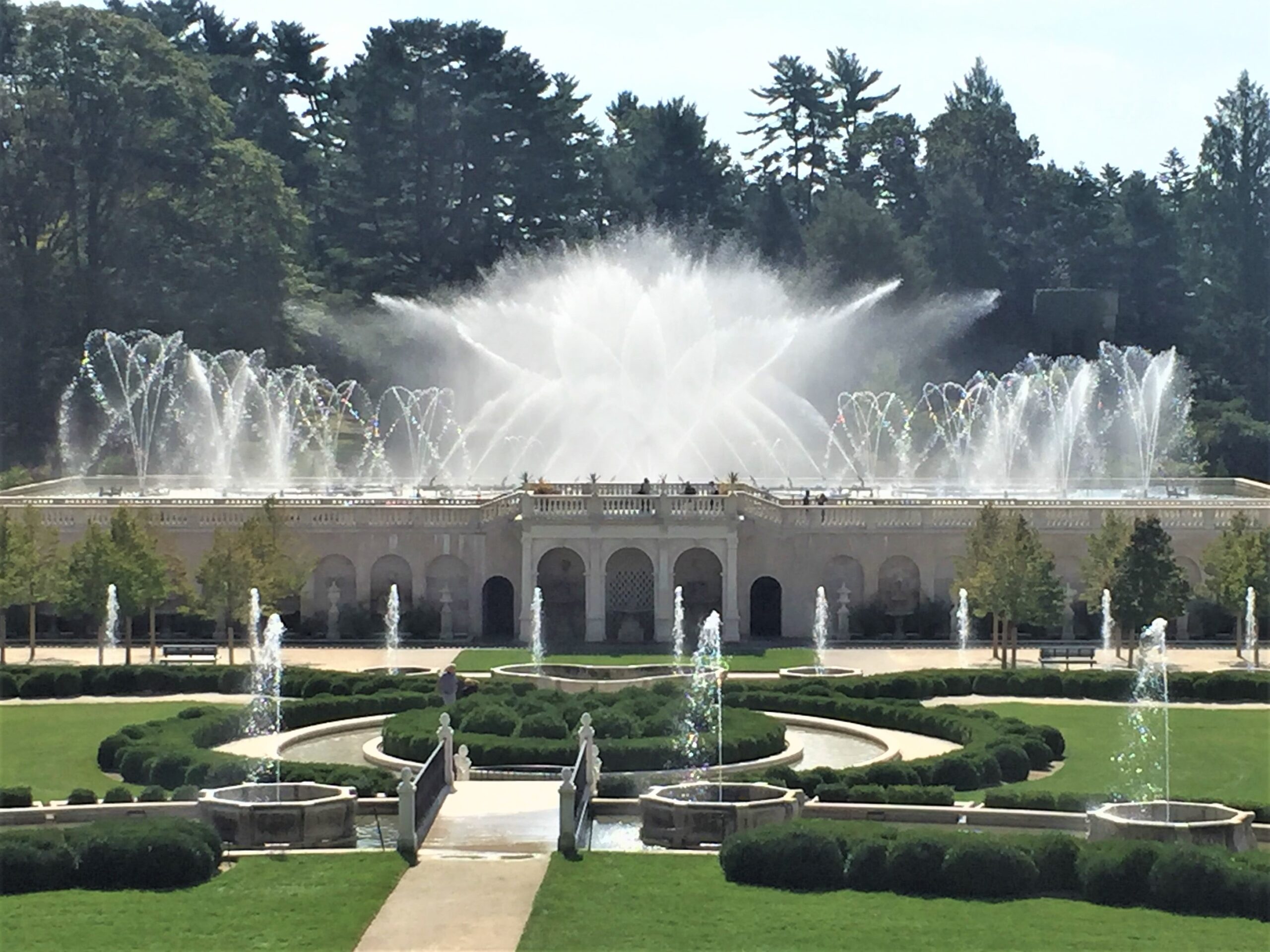
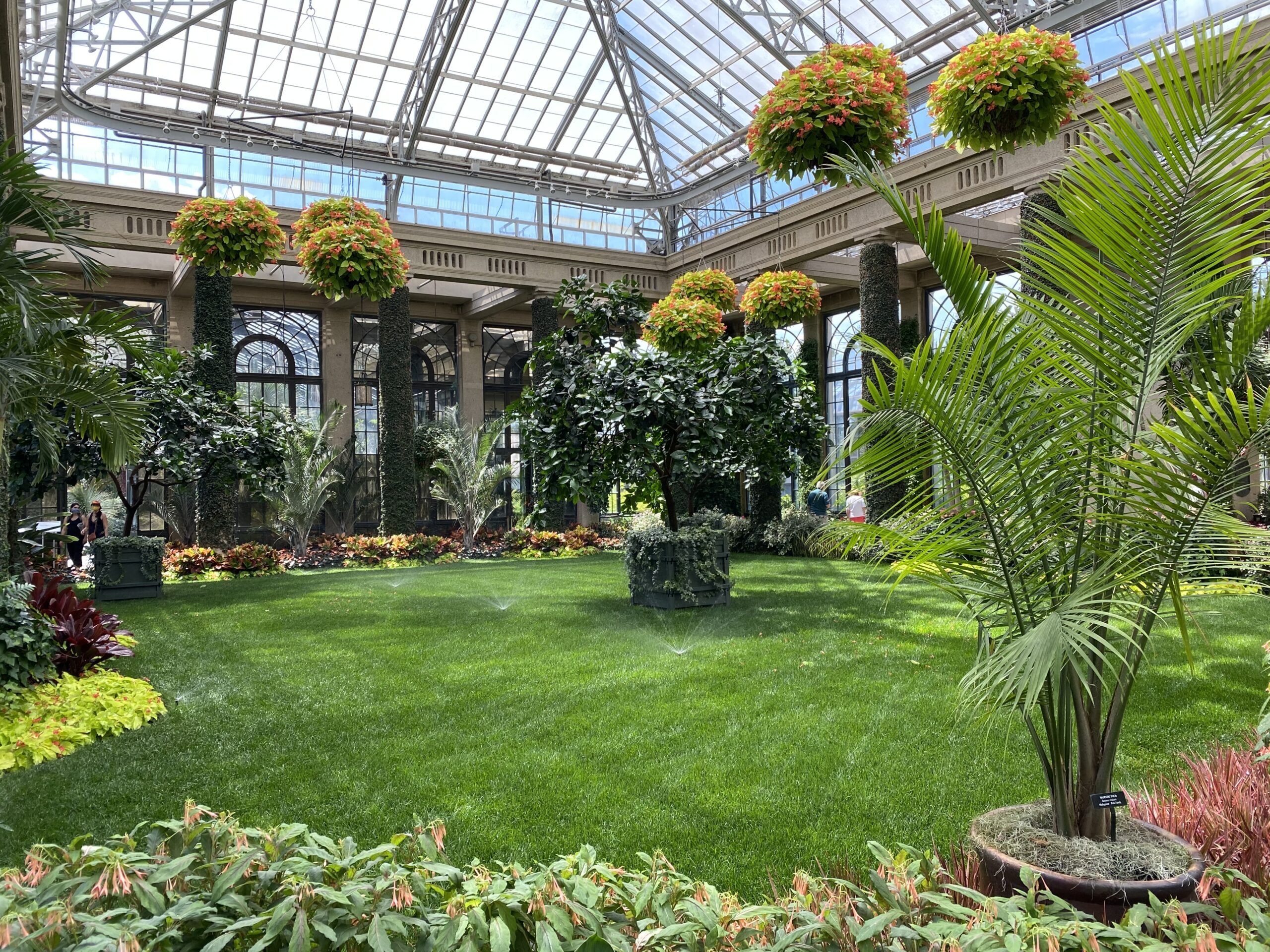
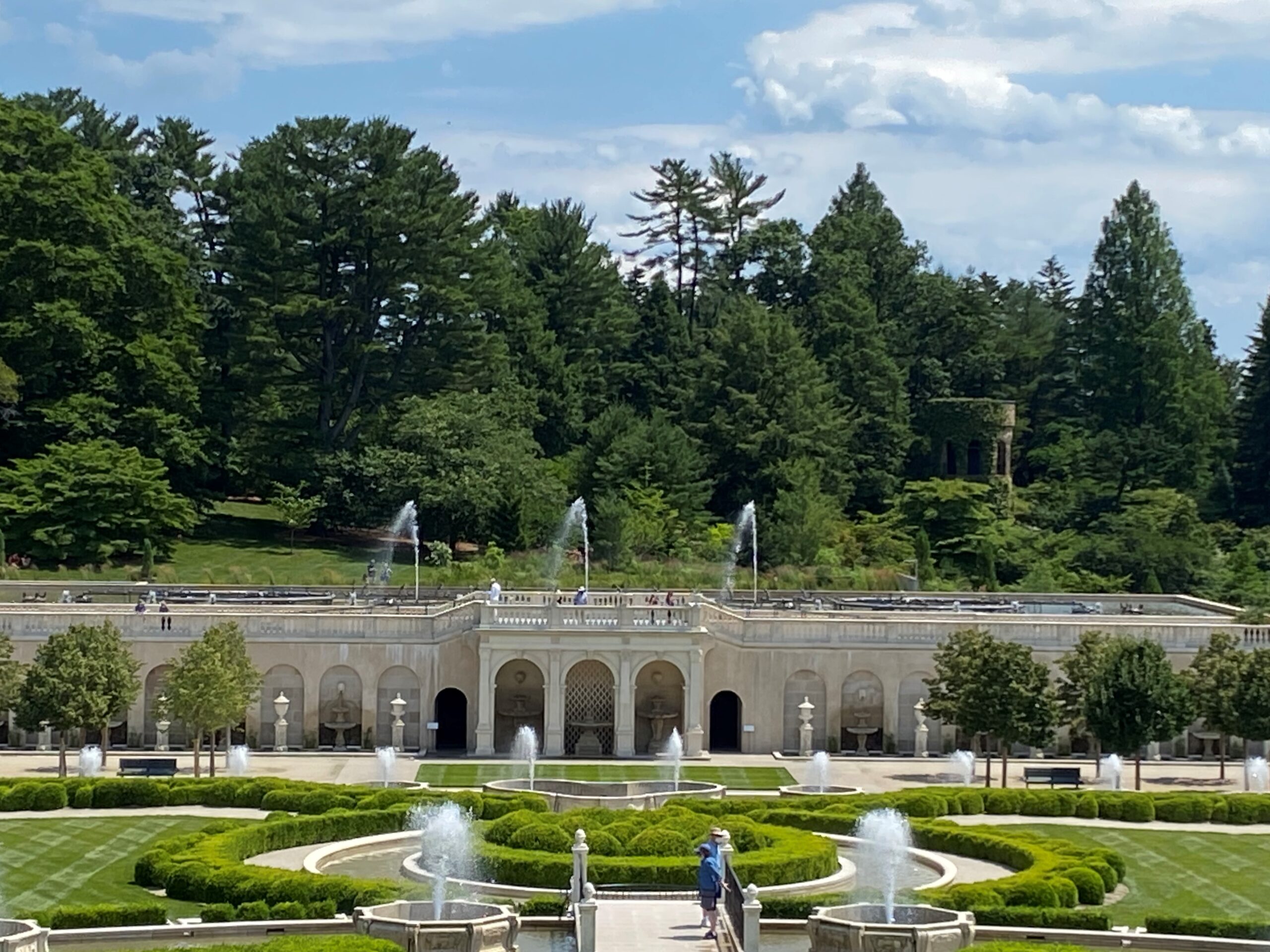
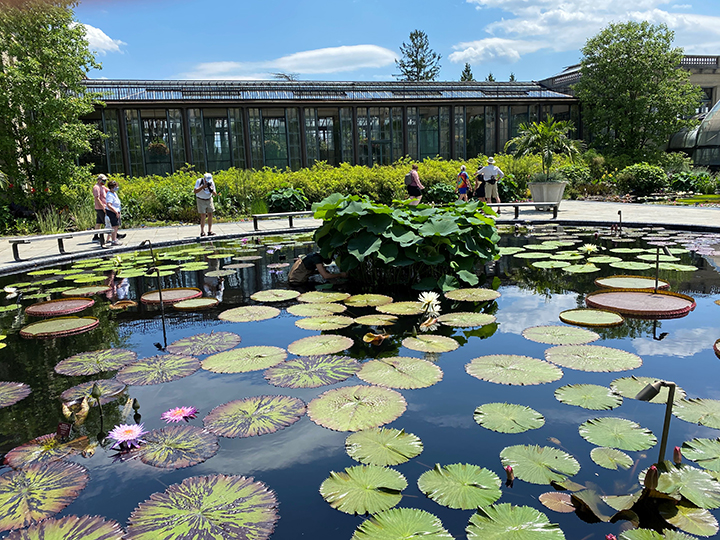
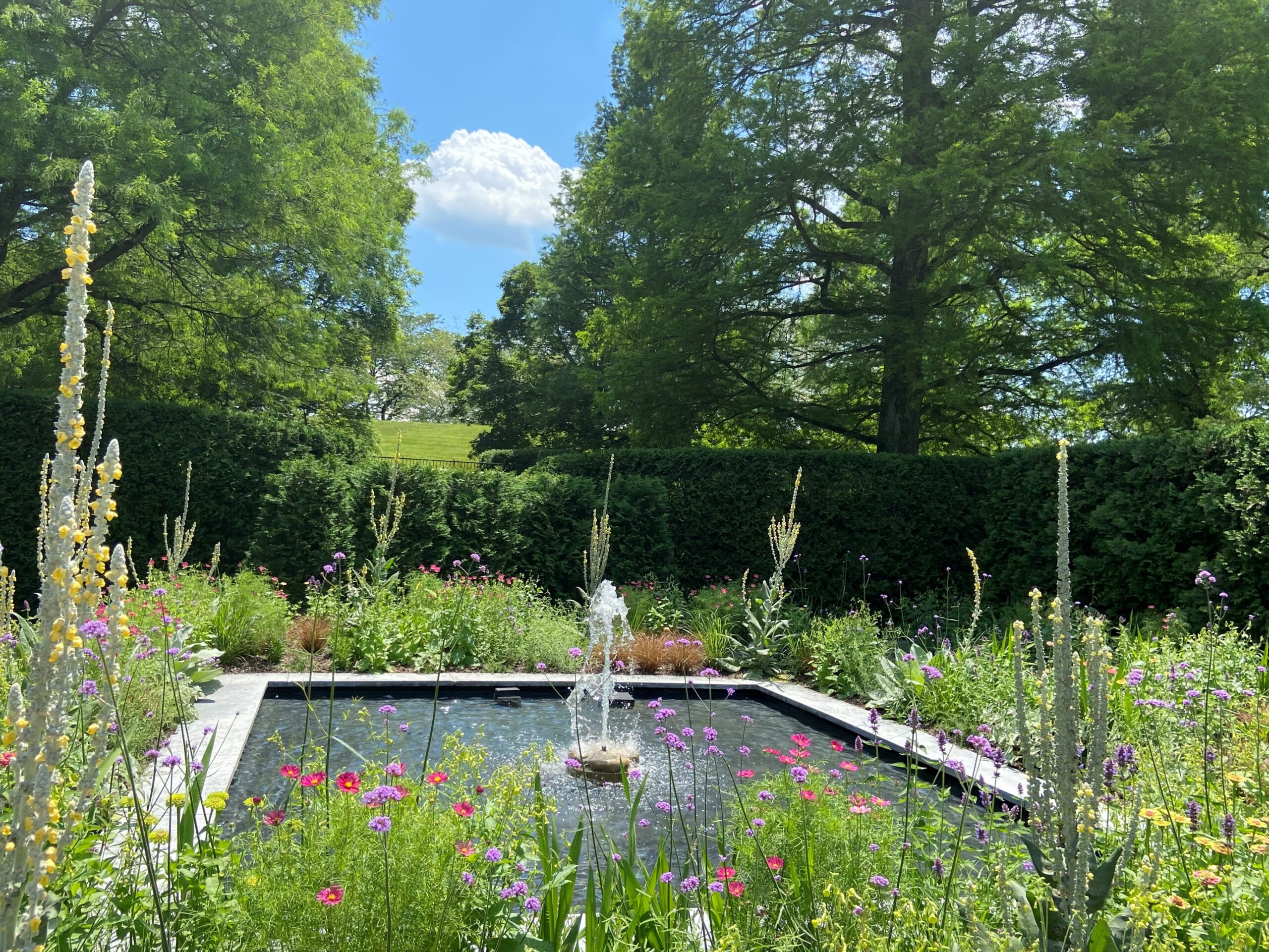
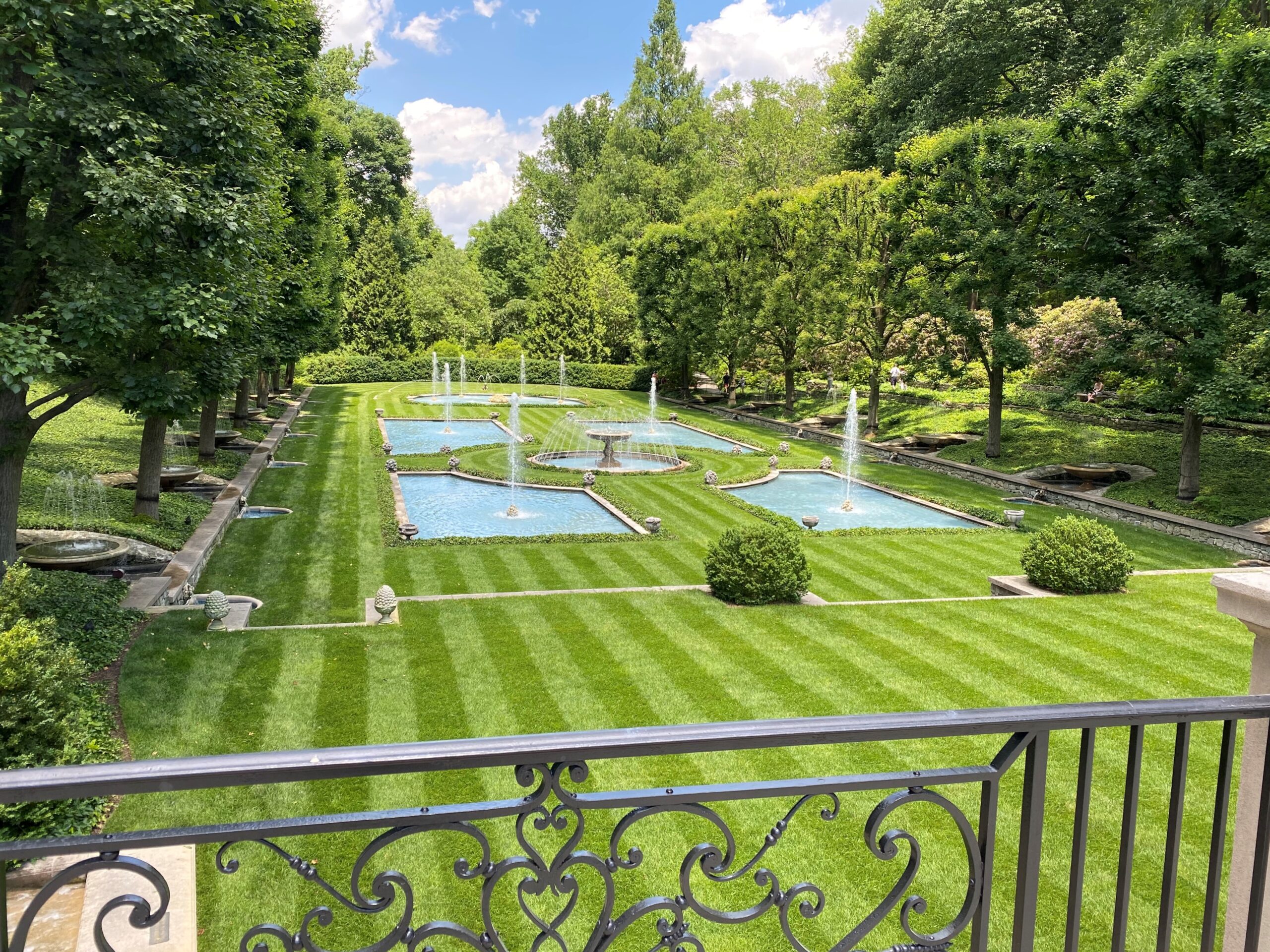
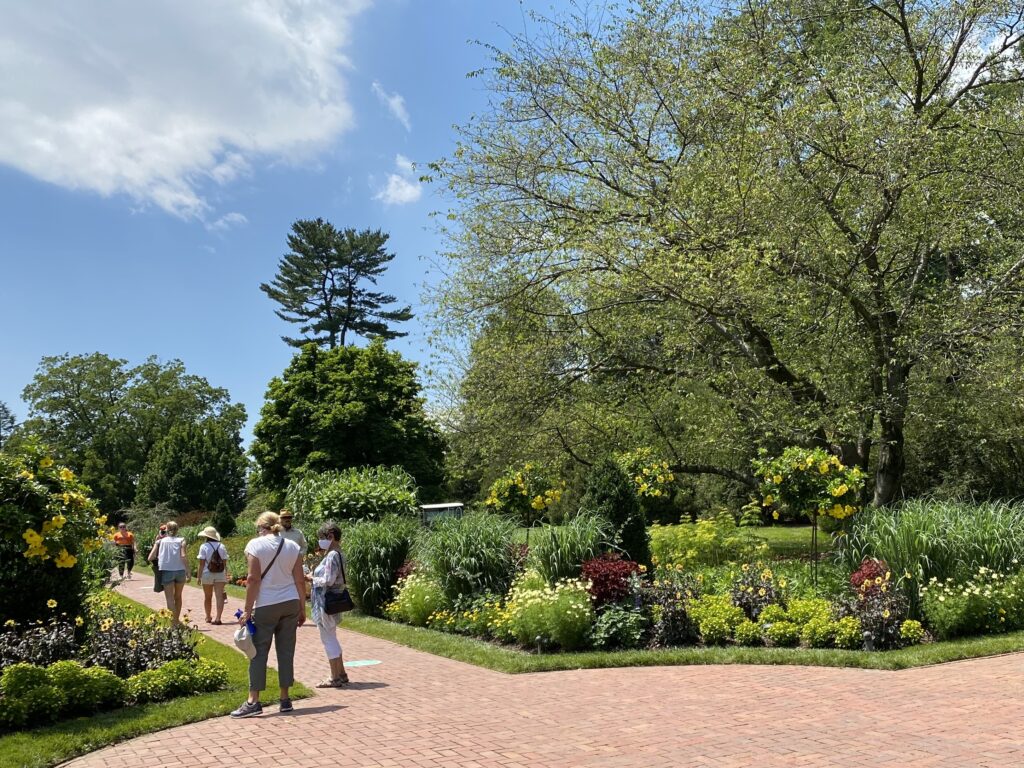
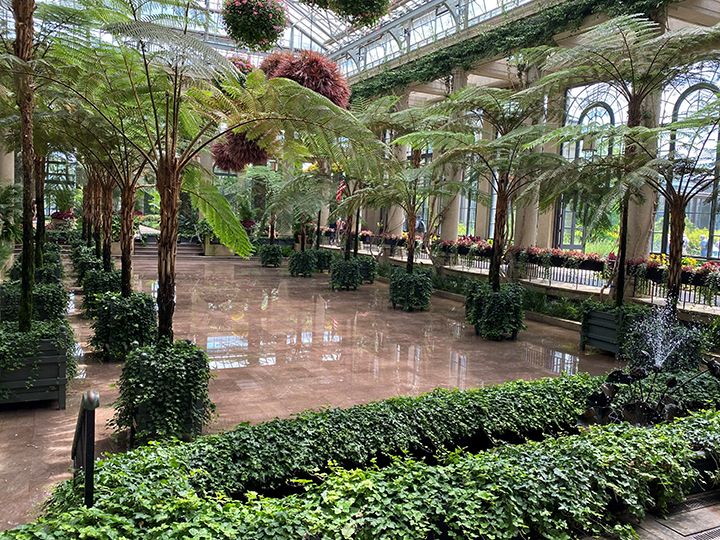
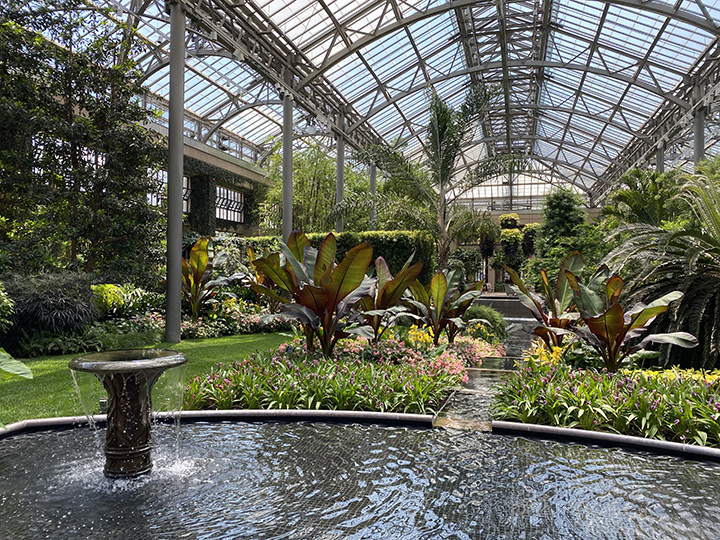
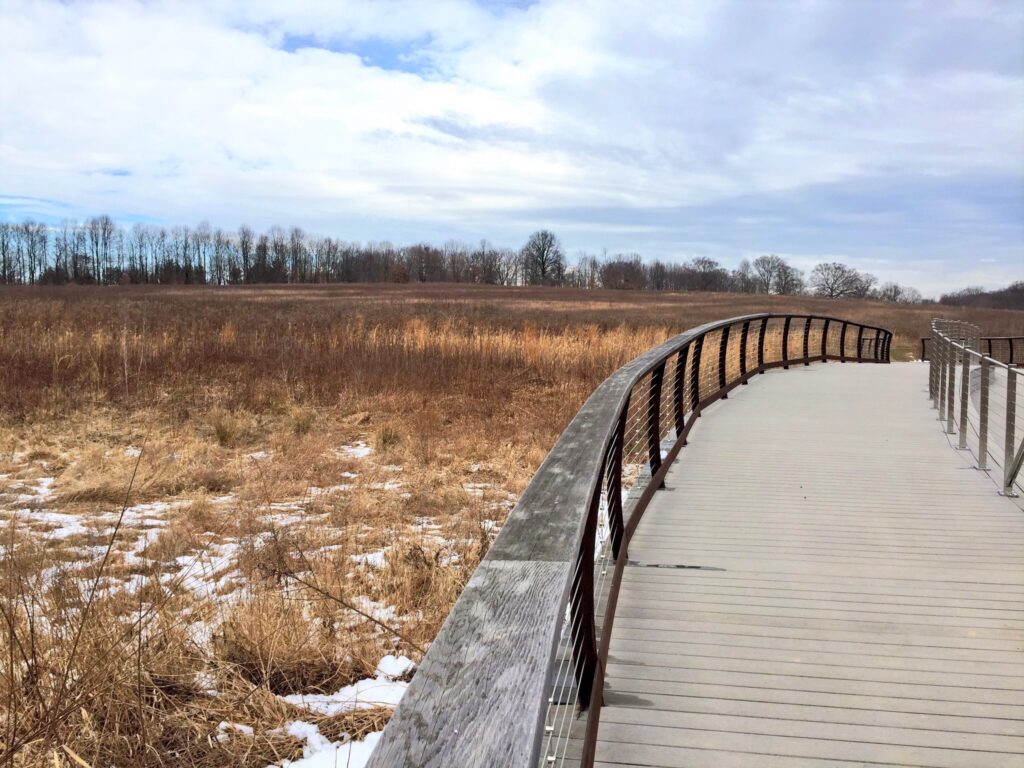
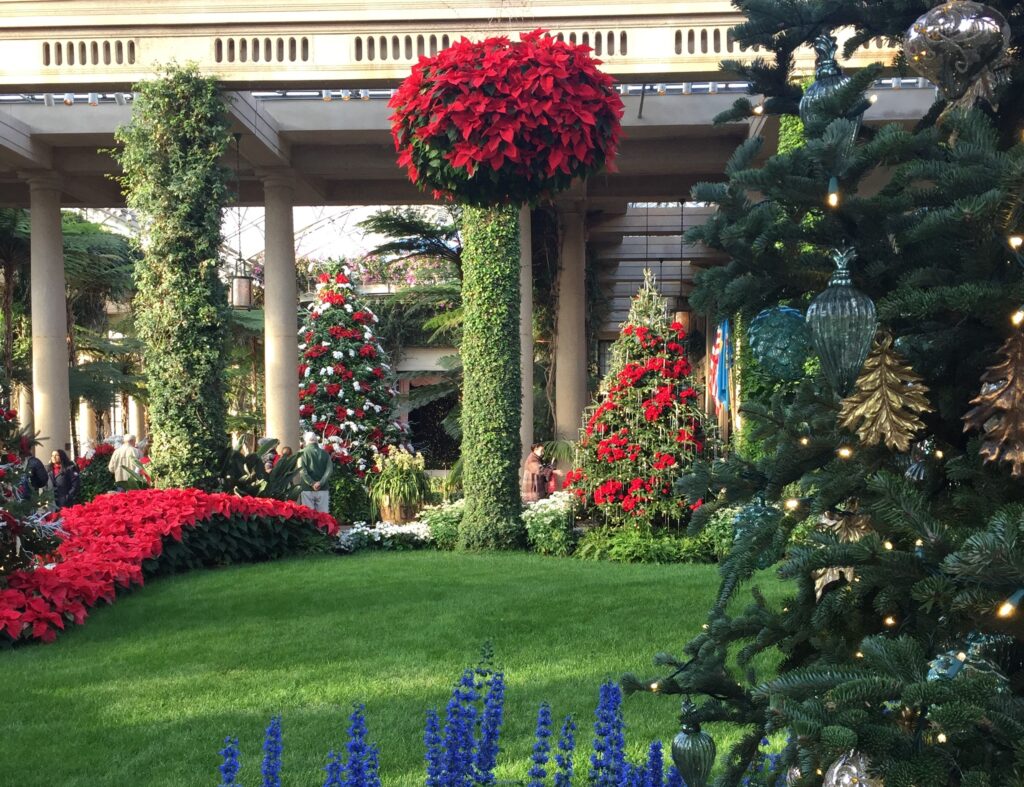

2 Comments